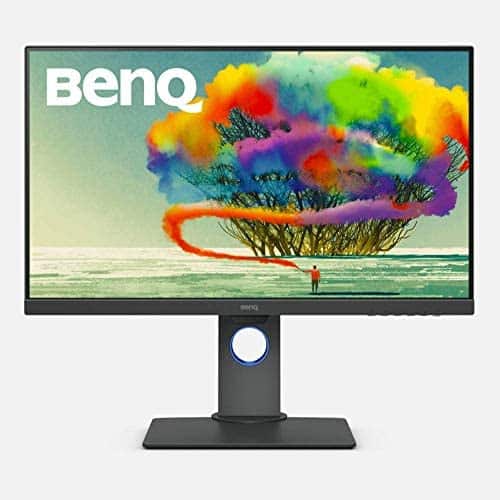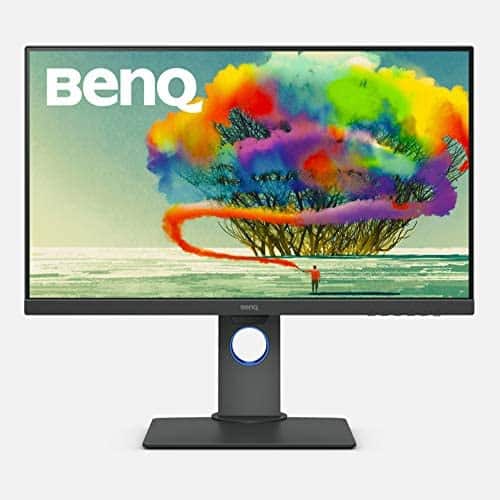
Think about the tech in your life. Your phone, full of messages and photos; your computer, a perfectly balanced chaos of work and entertainment; your game console, with half-played games maxing out the internal storage. Your tech is well-used, and that’s a good thing. Now, delete it. Nuke your hard drives. Reset all of your tech to factory settings. Embrace the erase.
No, I haven’t lost my mind. I’m not advocating for burning up your digital photos, or erasing all of your treasured conversations. I’m not saying you need to delete your data for good, I’m saying your need to restore your devices to how they were when you bought them. If that sounds contradictory, allow me to elaborate.
Why you should reset your devices to factory settings
All tech—computers, phones, tablets, consoles, what have you—slows down as time goes on. Software updates become a bit too advanced for the hardware it’s running on, hard drives become maxed out, apps and programs demand more and more from your processor and RAM. Many of these factors are a fact of digital life, and can’t be changed. However, some of the slowdowns aren’t inevitable.
Operating systems aren’t perfect, and sometimes, we live with buggy software that doesn’t sort itself out. That can manifest as a recurring glitch, like a keyboard popping up the wrong way every now and then, an app refusing to open, or your cell signal being dropped. Perhaps your game console takes longer than it should to exit a game when you press the “home” button, or has trouble connecting to the controller. Turning the device off and on again can often fix small issues like these, but when there’s a real software problem, it always comes back eventually.
Another issue that pops up with computers big and small is junk files. After downloading apps, docs, programs, etc. to your computer for months or years, you end up with quite the assortment of files. While you can always delete the large, easy-to-find files, there are tons of smaller ones that can be hard to locate and erase. While that’s less of an issue for devices like smartphones and game consoles, all computers end up with system files, as well, that you have nothing to do with. These types of files can also bog down the overall experience using your tech, even if you never encounter them on the surface.
G/O Media may get a commission

Pre-order
AnkerMake M5 3D Printer
5X Faster Printing and AI Camera
Print Time Cut by 70% | Smooth 0.1 mm Detail | Built-In AI Camera Monitoring | Multiple-Device Hub | Multi-Color and Material Kit
There are lots of little fixes, but nothing quite like a restore
There are various mitigation strategies you can take to solve these problems. You can use programs to help you delete junk files from your computer, like those built into Mac or Windows. Defragmenting your PC’s hard drive, or rebuilding the database on your PlayStation are two ways to clean up your internal storage, as well, and help things speed along (more on that here). You can now even reinstall the OS on some devices without deleting any data.
But, if you can manage it, a factory reset takes care of everything in one fell swoop. When you restore a device, you’re erasing all of its data, then installing a fresh version of the OS to work with. As long as you’ve backed up your important data ahead of time, nothing essential is truly lost, and you can take your time adding only the files you want on your device, rather than the clutter you’ve been dealing with for however long.
These days, all of my important data is backed up and tied to the cloud. That’s even true for the Switch, since cloud saves ensure my game files are never lost. As such, erasing my devices isn’t an issue: when they boot back up, I just sign into my accounts and choose the data I’d like to see back on my system. Photos, videos, messages, games, they’re all there, only now, they’re running on something that feels brand new.
Speaking of which, a factory reset offers you an opportunity to make your device feel like you just bought it. In the tech world, there’s always something shiny and new around the corner, but when you reset your existing products, you might not feel the same temptation to upgrade. That’s a big part of why I try to refresh my devices every now and then: I like when my tech feels new, even if it’s five years old.
How to reset your device to factory settings
Factory resets might appear as different options, depending on the device in question. On Mac, you’ll need to boot your computer into Recovery mode, then erase the hard drive and reinstall macOS. Windows makes things a bit easier, since you can find all necessary options from Settings > Update & Security > Recovery.
On iOS, you can go to Settings > General > Transfer or Reset iPhone > Erase All Content and Settings, while most Android devices should be able to reset from Settings > System > Reset options > Erase all data (factory reset). Game systems often call factory resets “initialization.” On the Switch, for example, you’ll find this option in Settings > System > Formatting > Initialize Console.
If you’re trying to reset a device not listed here to factory settings, we recommend searching for steps online. Often, the manufacturer of the device has detailed instructions for properly resetting their product.


